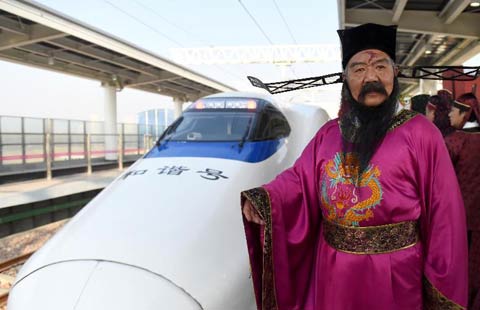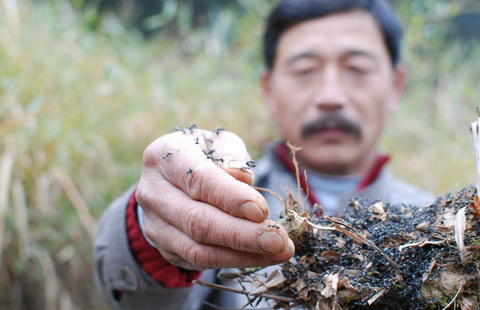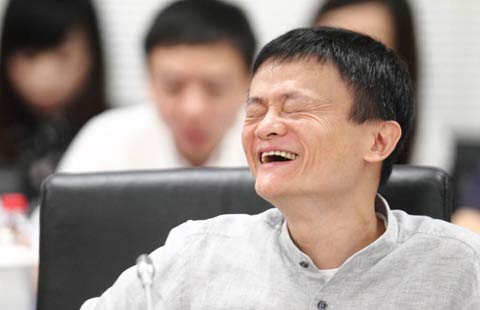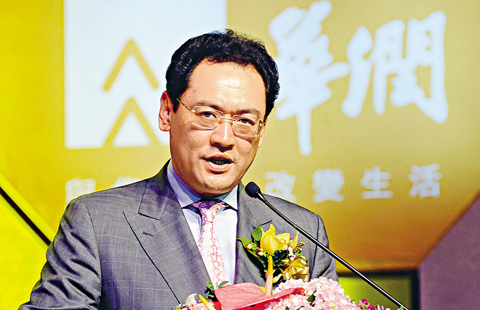Rebuilding social safety net to boost consumption is key
(chinadaily.com.cn) Updated: 2014-12-30 15:58Editor's note: This year's economic expansion is widely expected to be the slowest in many years, and the central leadership envisions a "new normal" for the pace GDP growth and its structure going forward. What will unfold in 2015 - sustained, rapid expansion or an orderly transition to slower growth? China Daily asked a group of economists and analysts on their expectations for the economy in 2015.
|
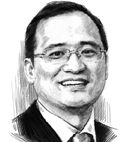 |
|
LIU LIGANG, CHIEF ECONOMIST IN CHINA, THE AUSTRALIA AND NEW ZEALAND BANKING GROUP CO LTD |
What is the most likely outcome for China's economy next year-sustained, rapid expansion or an orderly transition to slower growth?
The expectation of the markets is for China to engineer a gradual slowdown with limited internal shocks to the economy. The markets are not worried about 6 to 7 percent GDP growth, but they are very concerned by rising financial risks and increased defaults.
What is the most important indicator that observers should use when judging whether a transition has taken place? How can China achieve the goal implied by that indicator?
The key to watch is whether consumption makes a meaningful rebound next year. Meanwhile, growth in the service sector and employment will be watched carefully as indicators of rebalancing.
What is the biggest concern for the Chinese economy in 2015? How can China address that concern?
The risk of deflation is rising and companies' real debt burden will lead to a balance sheet-led, sharpers lowdown.
The key is to rebuild the social safety net to boost consumption. Opening up the service sector to domestic and foreign participation will be the key to achieving faster growth in the sector.
What is the most resilient part of China's economy? How can China best utilize its strengths in this area?
The most resilient segment of the economy is made up of new industries such as e-commerce and China's export sector in general. Other sources of resilience include further deregulation, limits to government interference and continued opening-up to both domestic and external competition.
- China shares close lower on Dec 30
- First China-made regional jet gets type certificate
- CNOOC's overseas LNG supply base starts operation
- China plans to extend green vehicle subsidies until 2020
- Avaya's 'Engagement' with customers
- Manufacturing needs to adapt to changes
- China's intl investment balance hits plus $1.8t
- Driving service warms up in holiday season


